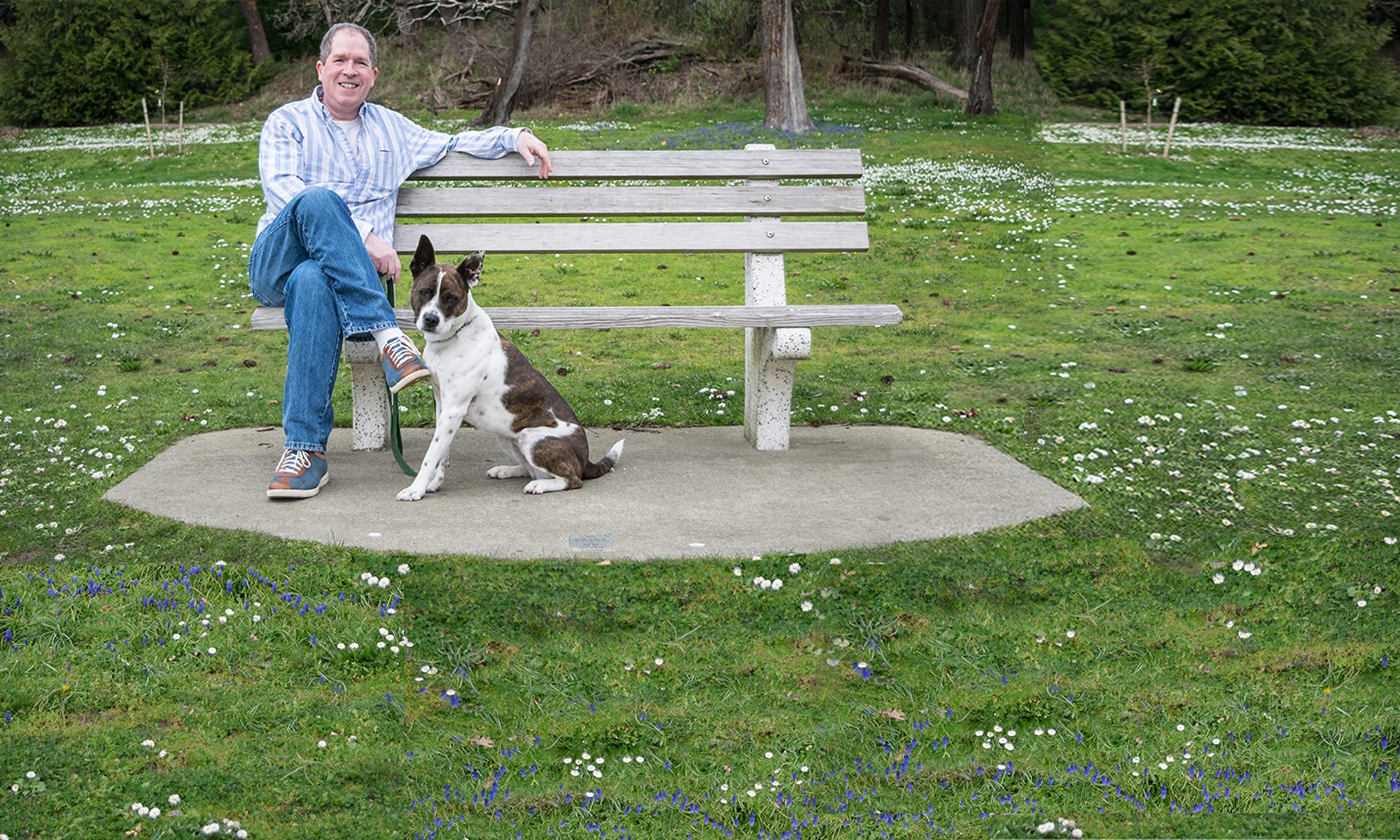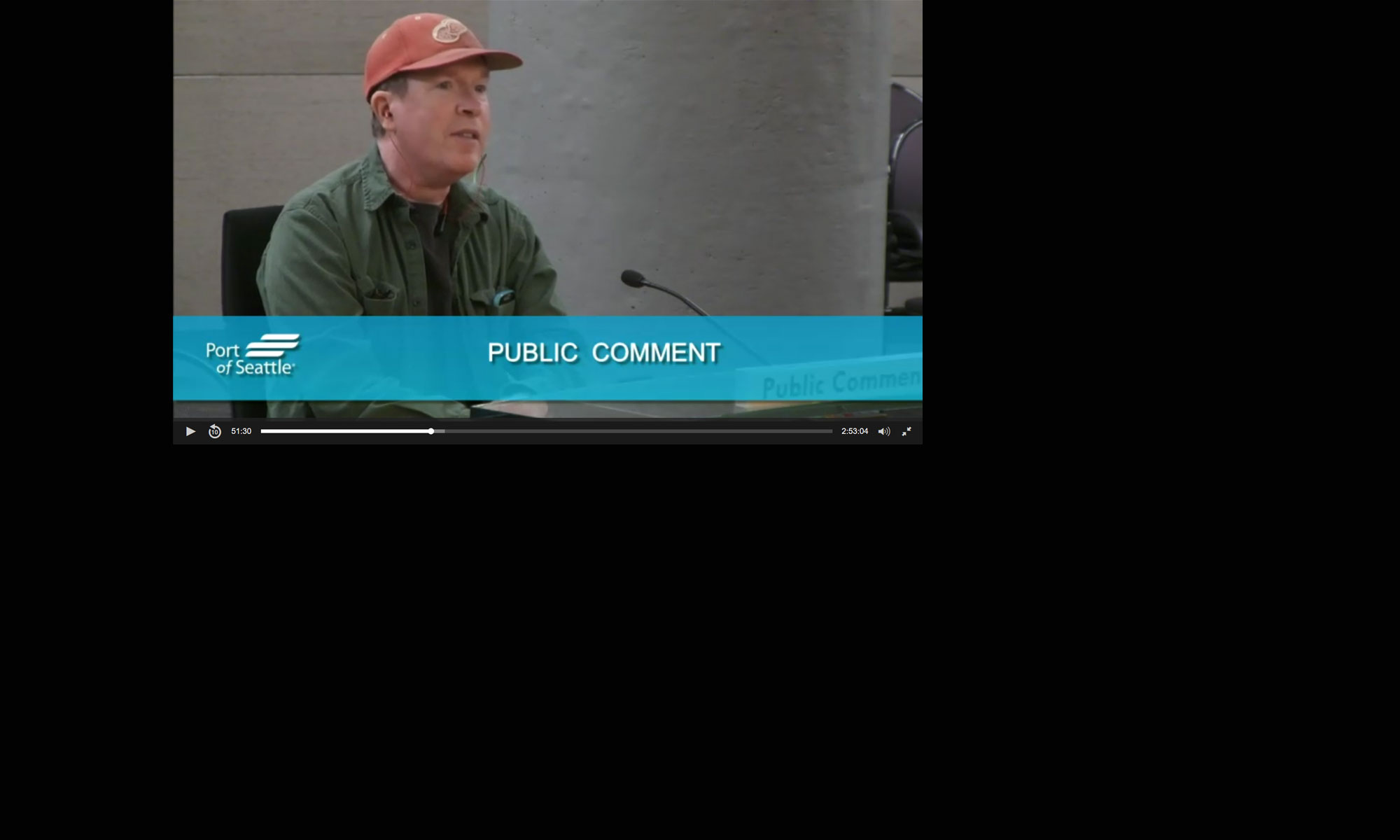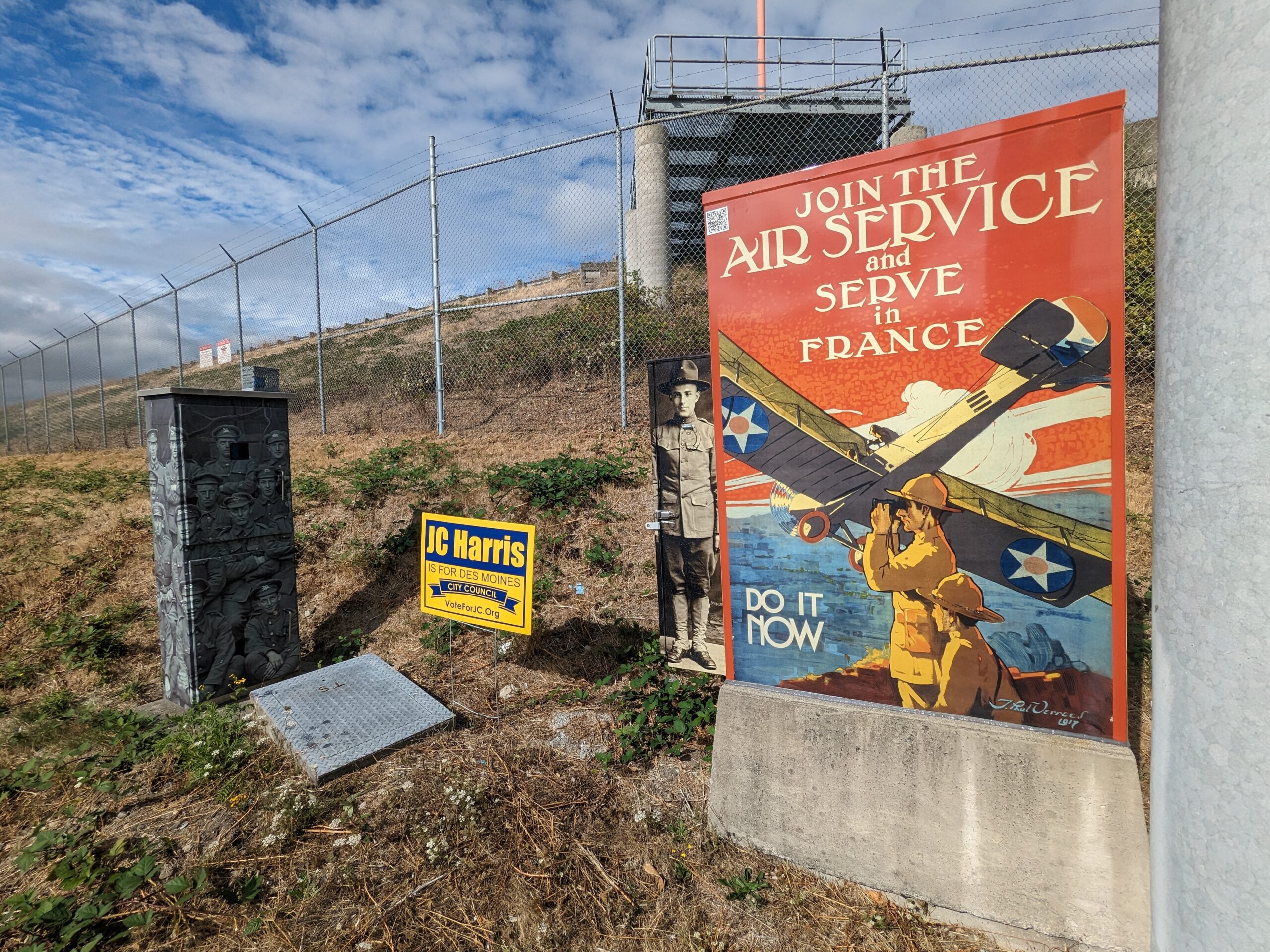3,200 B.C.

This is Newgrange which is sort of like the Irish version of Stonehenge. Trés cool, right?
Now, the following will be a bit raw for Americans because most you have some very happy relationship with Ireland involving relatives, St. Patrick, drinking, uncomfortable sweaters, and so on. But all that “wearin’ of the green” jazz has about as much to do with the real history of Ireland as the Cleveland Indians had to do with, well, you know…
The real history of Ireland involved about 600 years of ruthless colonisation by the British which nobody likes to talk about. Genocide. Ethnic cleansing. Populations moved around exactly like that Trail Of Tears deal. Several millions of people murdered in various horrifying ways. The extermination of the native language. (When in Ireland I speak English 99% of the time for exactly the reason that Native American people do here–there’s almost nobody left who can understand either language.)
Anyhoo, we made the best of it until 1916 when we had our half-baked revolution(s). Among the first decisions of that new Irish government were what to do about the cultural genocide.
One painful part of that discussion was history. Because, like Native Americans here, the ancient Irish had few to no ‘monuments’. Most things before the Brits were stone or wood. All the grand castles and monasteries were structures built by the oppressors.
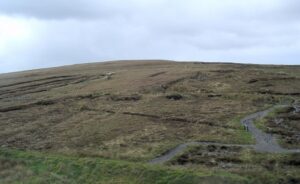 Like a bajillion other spots in Ireland, there was a pasture near my house, which the government declared to be a “Heritage Site.” But since the neolithic peoples of Ireland only used wood, when tourists would show up, all they would see would be a couple stones covered in “runes” and two “interpretative plaques.” The guide would tell a very nice story about what life may have been like back in the day and everyone would trundle back into the van.
Like a bajillion other spots in Ireland, there was a pasture near my house, which the government declared to be a “Heritage Site.” But since the neolithic peoples of Ireland only used wood, when tourists would show up, all they would see would be a couple stones covered in “runes” and two “interpretative plaques.” The guide would tell a very nice story about what life may have been like back in the day and everyone would trundle back into the van.
Frankly, as a kid, that “Heritage Site” felt like a bit of make believe. You couldn’t say “This epic battle happened here!” The best one could say was, “Some people seem to have lived here.”
So, at a certain point, the locals petitioned to have most of these Heritage Sites returned to farm land. Ireland very poor and most people felt like they needed cash more than cultural awareness.
Because the thing is: we were/are very proud of our heritage. And the good news? There really are a dozen or so for realz places like Newgrange where you can see something truly compelling about life in ancient Ireland.
Along the same lines, I assume that Native Americans also lived somewhere around Des Moines, doing whatever it is that people do. I’m not eager to speculate beyond that except to say that perhaps the reason there is more impressive evidence of Native American activity in other parts of Puget Sound is because there was more Native American activity in other places.
But regardless, about 150 years ago, whatever people may have still been living near Des Moines must’ve scrammed at the appearance of white settlers.
2021 AD
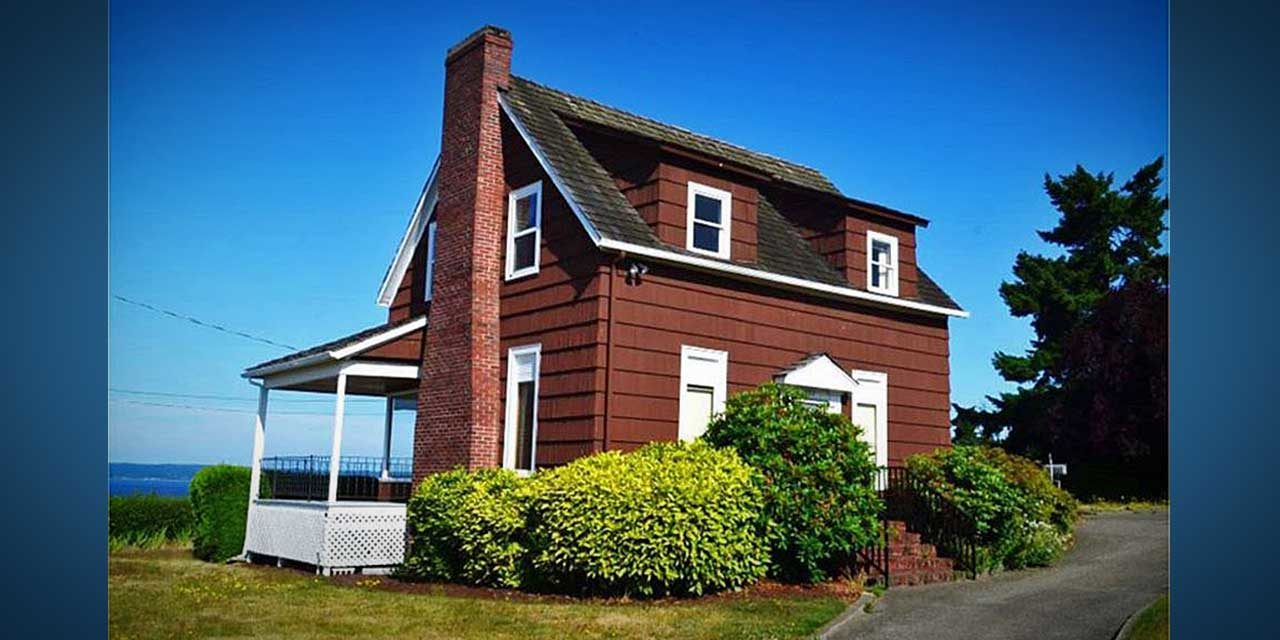 Removing the Van Gasken house was wrong. The City has implied that the spot may have some special significance for Native American culture based on a routine survey done after the decision to remove the building. And my feelings about this are similar to those concerning the “Heritage Sites” I grew up near.
Removing the Van Gasken house was wrong. The City has implied that the spot may have some special significance for Native American culture based on a routine survey done after the decision to remove the building. And my feelings about this are similar to those concerning the “Heritage Sites” I grew up near.
Maybe that attitude makes me part of the problem. Maybe in Native American culture, valuing ‘buildings’ completely misses the point. But if so, I would want representatives of those cultures to explain to me why that property now serves a greater cultural purpose for Native Americans without that house.
But absent that explanation, I will no more apologise or bother to justify wanting to retain the Van Gasken Housee than I would over the reclamation of any of a hundred English castles in Ireland. Everyone loves them, they’re legit history, and they bring in a ton of revenue. So rather than removing them, the Irish government celebrates them, and then creates new opportunities to educate the public about authentic Irish culture.
The Van Gasken house had been in place for a hundred years. It was run down, but no more so than any of the Beach Park buildings. It could have been restored and used in conjunction with those other buildings to tell an important, compelling and specific story about Des Moines.
Now that it is gone, the best we will be able to do with regard to Native American culture is to attempt what we did near my house–a story of what might have happened. And frankly, it will not be nearly as compelling or as meaningful for anyone.
The reason Newgrange is so great is because it is substantial enough and specific enough to impress upon visitors the sophistication of the people living in Ireland 5,000 years ago. It’s not just very cool looking, it’s extremely meaningful. It took a lot of care and effort to bring it to life and that care and effort shows. It’s not a bit of make believe.
The City of Des Moines should represent its people. If there are members of tribes living in this area who want to create something truly unique, compelling and specific to the history of Des Moines, I would fully support that.
But I will never support anything less.
1Don’t lose it. A mildly pejorative euphemism for British invaders was gall (gahl)–which 1,000 years ago meant ‘white’. First dibs. 😀 If you want an American sense of it just think of ‘honky’ or ‘cracker’.
